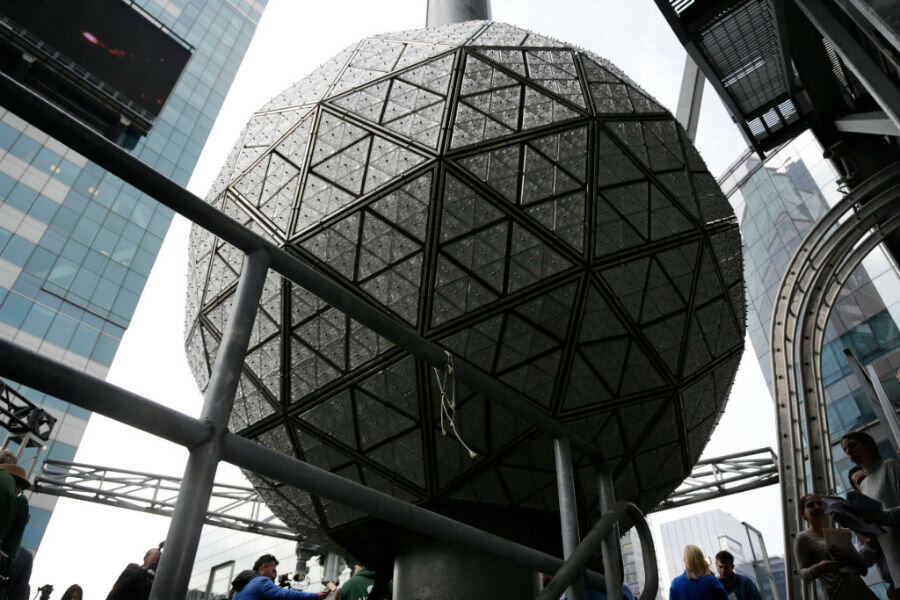The last dance of 2016 will have one extra beat
Loading...
As 2016 draws to a close and excitement ramps up for the new year, many people are looking forward to the final countdown of 2016 into 2017. But this year, that countdown could be a little off, due to a pause known as a leap second.
Usually, a day has 86,400 seconds. December 31, 2016, however, will have 86,401.
The extra second, which will be added to the very end of this year, will help account for inconsistencies between super-accurate human atomic timekeeping and Earth's natural, if less consistent, rotation speed. While atomic clocks define a second very rigidly and precisely, seconds based on Earth's rotation are slightly off and variable due to tidal friction as the moon's gravity tugs on the Earth's oceans. As a result, keeping the two timekeeping systems within 0.9 seconds of each other requires an extra second now and again to keep them fully in sync.
In 1972, the concept of a leap second was first introduced in order to account for the difference between the theoretical length of a day on an atomic clock (86,400 seconds) and the actual length of time it takes for the Earth to complete one full rotation (about 86,400.002 seconds). The Earth's rotation is gradually slowing. Scientists found that the discrepancy between the two lengths of time had caused atomic time and rotational time to be off by a full ten seconds by 1972. In order to compensate with the gap, ten seconds were added to the clock that year to sync up atomic clock time (UTC) and rotational solar time (known as Universal Time 1, or UT1).
Since 1972, the discrepancy of about a second crops up between between 500 and 750 days, and leap seconds are ordered as necessary in order to compensate. Since atomic timekeeping began, 26 leap seconds have been added.
Atomic time is based on the regular, precise vibration of cesium atoms, which oscillate at precisely 9,192,631,770 times per second. Currently, the world's most exact atomic clock in Boulder, Colo., is expected to lose only one second every 100 million years, far more accurate than UT1 time. But it has only been fairly recently in human history that we could measure time with such accuracy.
Before the 1800s, all time was based on local solar time wherever you lived. As travel became more commonplace and humans were able to move from one place to another more quickly, a new, more precise system had to be devised, as the Christian Science Monitor's Pete Spotts previously reported:
With transcontinental railroads came the concept of standard time and time zones. Yet that required a standard unit of time that would allow far-flung stations and conductors to synchronize clocks. That assignment was given to the second, which was defined as 1/86,400 of an average solar day.
As timekeeping grew more precise, however, it became clear that Earth's rotation wasn't constant, as previously assumed. Not only did it vary, but it was slowing.
By international agreement in 1972, solar time and atomic time have coexisted, with the periodic leap second added to atomic clocks to keep the two approaches in sync.
For most people around the world, the extra second at the end of 2016 won't come at 11:59:59 PM on New Year's Eve.
According to the US Naval observatory, the new leap second will be instituted at 23 hours, 59 minutes and 59 seconds UTC on December 31, which corresponds to 6:59:59 PM Eastern Standard Time. At that moment, an extra second will be added to the Naval Observatory's Master Clock Facility in Washington, DC, officially re-syncing UTC and UT1 in the United States.








